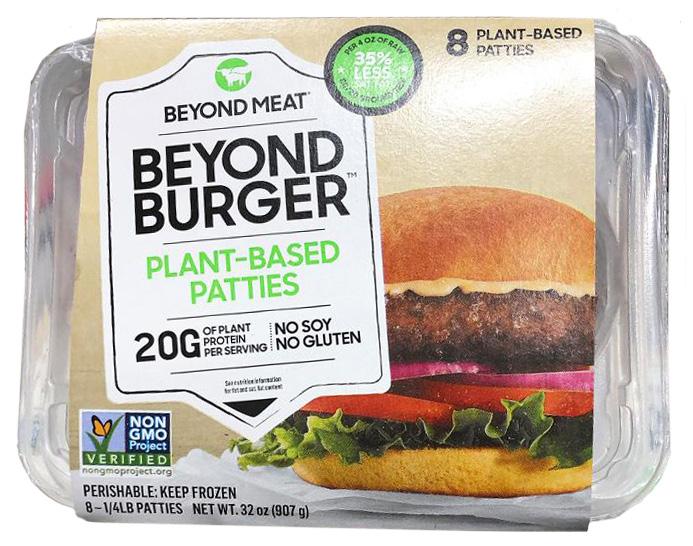
2 minute read
Taste and texture in meat alternatives
For manufacturers of meat alternatives, sourcing suitable plant-based ingredients is just the first step. Texture has been a particular hurdle for those looking to make meat-like products, but advances in processing and extrusion technology have led to plant-based substitutes with a similar fibrous texture to chicken.
While it may be possible to produce a desired texture with just one plant protein, blending proteins together could optimise the textural profile. 53 This has been Impossible Foods’ approach, for example, which uses a blend of proteins from soy and potato, along with hydrocolloids for a more meaty texture. 54 Dr Mark Auty, Research Principal, Food Microstructure, RSSL said:
“In meat alternatives, we are trying to mimic the taste and the texture of meat. (…) There is more than one way of creating the same perceived texture, but it is more about understanding better how your product is made, particularly the distribution and interplay between different ingredients.” 55
Understanding the microstructure of meat could still be used as a starting point to inform development of more meat-like textures. Dr Auty added:
“In meat, connective tissue and fat are important for chewiness, controlled flavour release and a moist mouthfeel. While there is more than one way to make a burger, microstructure can tell you a lot. To see how well-dispersed your ingredients are, their particle size and shape, there’s no better way than looking at them under the microscope.” 55
Until recently the meat alternative category has been dominated by soy, pea, and mycoprotein Quorn. Now, though, there is demand for more diverse plant-based sources with a high protein content and full amino acid profile. Established companies and start-ups are investigating the likes of fava beans 56 , micro algae 57 , Laetiporous mushrooms 58 , sugar beet foliage 59 , and Mankai duckweed 60 , to name but a few. A Swedish start-up called Mycorena is also preparing to launch a new fungus-based mycoprotein, one of the first challengers to Quorn in Europe. 61
Another struggle related to taste is masking the off-notes in taste that can occur with plant-based proteins. This can be a long and frustrating process, as the addition of a new ingredient can mask one off-note but exacerbate another. NIZO Food Research has found, for example, enzymes that can degrade hexanol, one of the key compounds responsible for undesirable flavour and aroma in soy and pea proteins. 62
Among the best known meat alternative brands to hit the market so far are the Impossible Burger and the Beyond Burger.
Both replicate beef. UK company THIS recently secured £4.7 million in seed funding to scale up production of its bacon and chicken analogues —mainly from pea and soy protein. 63
Source: Mintel GNPD 64





